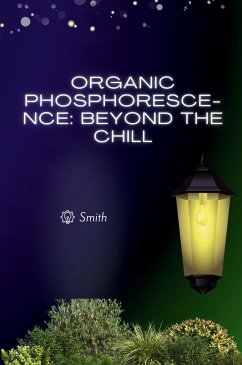Phosphorescence, the eerie afterglow sometimes seen in glow sticks or deep-sea creatures, might conjure images of cold, dark environments. However, the world of organic phosphorescence extends far beyond the chill, offering a fascinating range of applications with the potential to revolutionize various fields. Unlike fluorescence, which emits light almost instantly after absorbing energy, organic phosphorescence allows materials to store and release light over a much longer duration - from milliseconds to even hours. This unique property unlocks a treasure trove of possibilities.One exciting area of application is bioimaging. Organic phosphorescent molecules can be designed to bind specifically to certain biomolecules within living cells. When exposed to light, these molecules become excited and then emit light for an extended period. This extended emission allows researchers to track the movement and behavior of these biomolecules within a cell with unparalleled clarity. Imaginestudying protein interactions or visualizing cellular processes in real-time - organic phosphorescence paves the way for such groundbreaking research.Organic phosphorescence also holds immense promise in the field of security and anti-counterfeiting. Special inks or coatings incorporating phosphorescent materials can be incorporated into documents, packaging, or even currency. These materials would be invisible under normal light but would reveal a hidden message or image when exposed to a specific wavelength of light. This technology offers a powerful tool for combating counterfeiting and ensuring the authenticity of products.
Bitte wählen Sie Ihr Anliegen aus.
Rechnungen
Retourenschein anfordern
Bestellstatus
Storno









